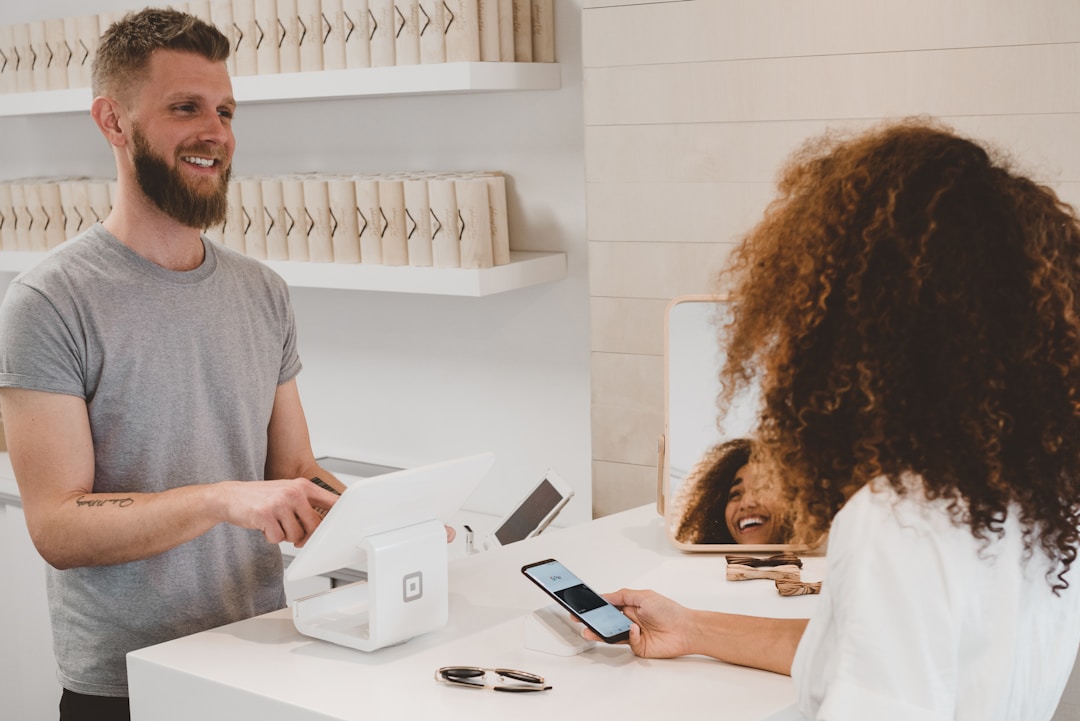The topic of business success has taken a slightly different turn due to the COVID-19 pandemic. While many businesses are trying their best to keep things afloat, others have had to fold and displace their workforce. According to the Internal Labor Organization, over 100 million people had lost their jobs as of 2020. The rules may have changed, but many opportunities keep emerging for business owners to leverage for business success.
This can mean keeping track of the digital trends and testing new software if you’re a business owner seeking to excel in today’s business environment. Here are three examples of software that can help your business succeed.
1. Equipment Management Tool

Businesses can benefit a great deal from efficient equipment management efforts. Maintaining some equipment can be capital intensive and if you have a huge budget for repair works, it might indicate inefficient equipment management. The earlier you invest in an equipment management tool, the better your chances of ramping up your inventory management efforts.
Several ways exist to effectively manage all types of equipment. You can create a simple tool sign out sheet to keep track of your equipment fleet and daily operations. You can share your sign-out sheet template for different members if your business has multiple equipment warehouses. That way, your entire team can access similar power tools and measurement devices to manage your company assets.
2. POS/Online Ordering Tool
Today’s customers have endless expectations. Suppose you manage a thriving restaurant business. Whether it’s a curbside pickup joint or a fully functional restaurant website, there are some actions that your customers may not forgive. For instance, keeping a hungry customer waiting because of a faulty ordering system or an inefficient payment process can cost your business. It might only take one negative review or social media post for your entire digital presence and restaurant business to come crashing down. Therefore, it pays to invest in an efficient restaurant online ordering system.
Many ordering system options exist in today’s digital marketplace and you can find a free online ordering system or a paid option that charges a commission with each online food order or delivery. The difference between paid and free ordering platforms can be the functions and customization perks restauranteurs enjoy. Your free mobile app can afford you general features to manage your small restaurant’s delivery orders; however, many platforms can hide key features like online menu management, table reservation, and several other marketing tools behind paywalls.
It pays to consider your profit-making capabilities as a restaurant owner before opting for an ordering or point of sale system. If you’re a small restaurant owner, you can manage your mobile orders with a free mobile app. Often, large independent restaurants or large-scale franchises in the restaurant industry have consumers ordering with a diverse range of mobile devices. Therefore, the best way for large brands in the restaurant industry to manage bulk order volumes can be a fully customized web design with tailored POS integration and credit card payments.
3. Customer Relationship Management Tool

Efficient customer service is the hallmark of successful businesses but managing your brand’s customer preferences is no easy task. You need efficient systems to leverage customer information and real-time analytics for efficient CRM results. Business leaders who prioritize customer relationships can better understand the needs of existing and potential customers. Such insights can help them maintain significant customer loyalty and business growth levels.
All in all, the creation of new software is pushing the rate at which businesses communicate with their customers. Therefore, business leaders seeking sustainable success can integrate different types of software into their daily operations and the whole process can be as easy as downloading a free version from a trusted software vendor.


